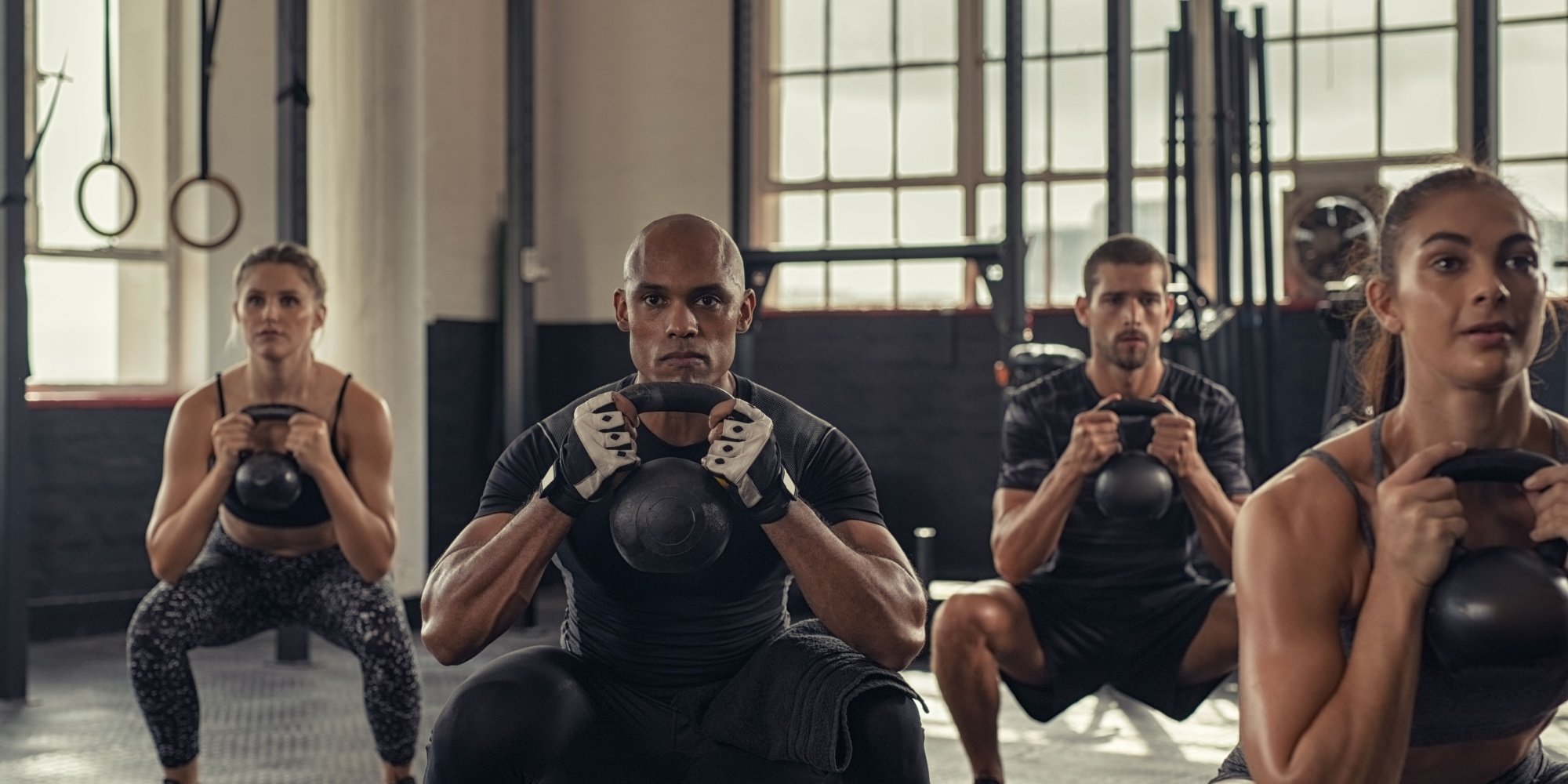Are Group Fitness Classes Effective for Fat Loss?
Aug 2, 2023 mindpumpGroup fitness classes have always been popular at big box gyms; walk into any gym, and you’ll find a separate studio space specifically for group classes like BodyPump, Pilates, and aerobics, just to name a few.
But are they really effective when it comes to fat loss?
A lot of people initially see results when they start fitness classes, but when it comes to losing fat (and keeping it off), they may not be the best solution. This article will go over why.
Some people get into fitness through group classes, and possibly have either minimal or nearly no experience engaging in physical activity on a regular basis. So when they start getting into the routine of taking group classes a couple of days a week, it should come as no surprise that they start losing weight.
If calories stay the same, and you go from being inactive to taking group fitness classes 2–4 days a week, you’ll be expending more energy than you did before, which will lead to weight loss.
The problem is that over time, our bodies adapt to a lot of the types of workouts that are offered in a group setting. They are usually structured in a while that have you constantly moving, in an aerobic fashion, with either minimal or light weights.
However, the biggest key to building muscle and losing body fat is progressive overload (not cardio), which means the gradual increase of added resistance or intensity of workouts over time. In a group fitness setting, you are not in control of how the workouts are progressed or structured–it’s in the hands of the group instructor.
Many group fitness classes are either low in intensity, like Pilates or yoga, involve continuous low-intensity cardio sequencing, or HIIT-style training. So let’s touch on these workout modalities and why they aren’t the mos effective for fat loss:
- Pilates and yoga, though effective for improving mobility and are excellent to do on active recovery days, are usually not intense enough to build muscle and reduce fat. There are variations of yoga, like ashtanga, that may be more beneficial, than let’s say restorative, for burning fat, but when the only resistance you have to work with is your body weight, you’ll eventually hit a plateau when it comes to losing weight.
- BodyPump is a popular workout class that offers a social benefit that can help newcomers to the fitness world feel more comfortable. Light weights and high reps are involved, which makes it FEEL like weight training, when you’re really not. While completing 20+ reps of an exercise, you’re not in an anaerobic state, but more of an aerobic state. Anaerobic activity breaks down glucose for energy instead of oxygen, and are activities that are short in duration and high in intensity. In fact, your body can’t possibility sustain anaerobic activity for longer than 2 to 3 minutes before moving into an aerobic or oxidative system. It is during anaerobic activity when muscle building occurs. With BodyPump, you’ll likely put on some muscle, but if there is no progressive overload while maintaining a short rep range, you won’t be as successful at burning fat as someone who primarily sticks with resistance training.
- HIIT style workouts are probably the closest you’ll get to burning fat in a group class setting. But, it needs to be programmed appropriately. If HIIT classes are longer than 30 minutes, they are too long. Injury risk goes up considerably due to fatigue when HIIT workouts start exceeding 40 to 50 minutes. If there are no rest periods, watch out–just like with resistance training, you need to allow your muscles to replenish phosphagen stores to produce more ATP (your main energy source), and for maintaining power output. So if your HIIT classes are not well-constructed, you may burn a lot of calories, but your risk of injury and overtraining goes up (which means more time away from the gym to properly recover).
Another point I would like to mention is that even when weights are involved, it doesn’t mean you are initiating a muscle building response. To do this, the weight needs to be heavy enough to apply enough stress to the muscle fibers. Sure, there are variations of the above workouts that can do this, but they don’t compete with the fat-burning and muscle-building effects of resistance training.







